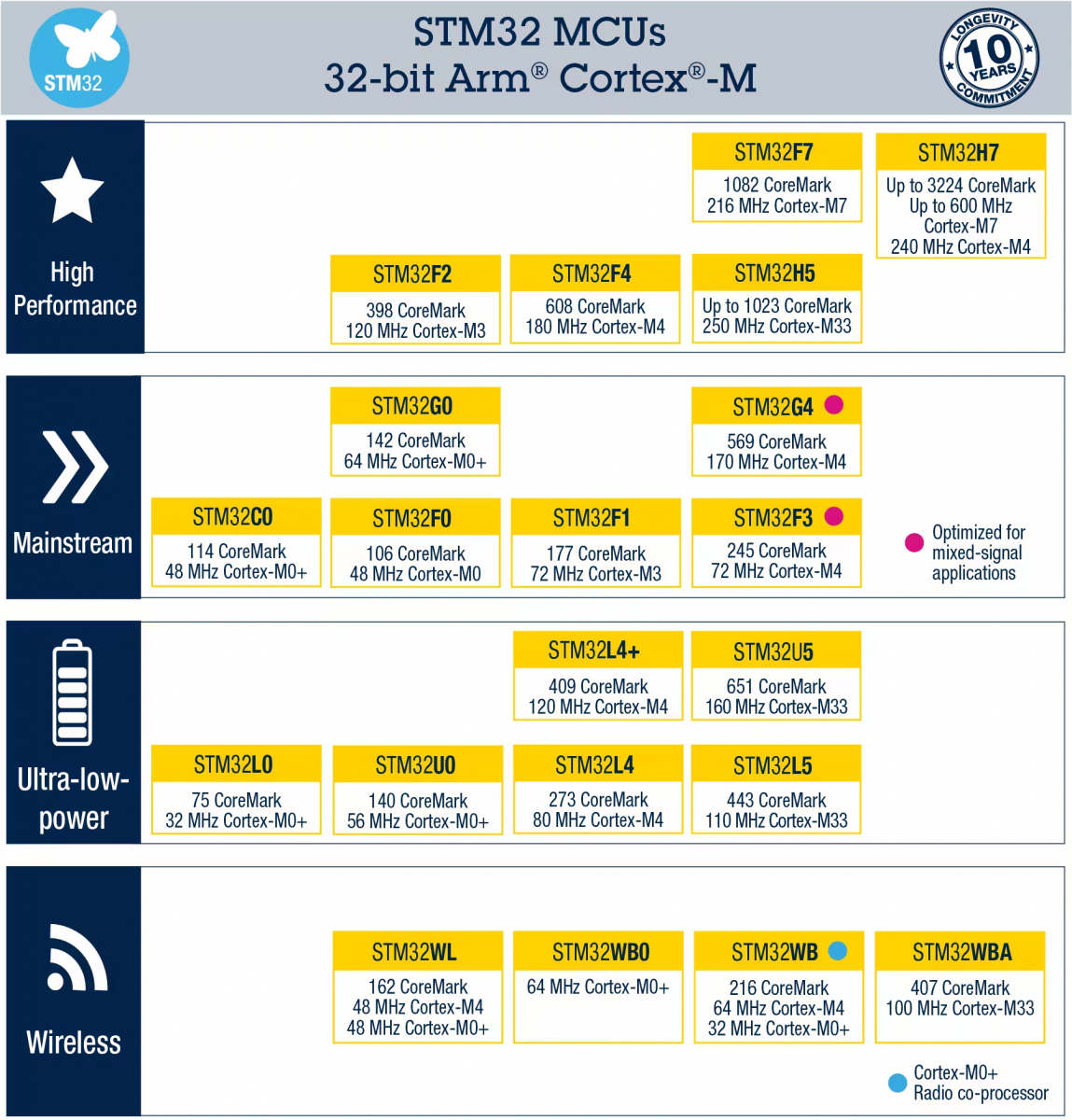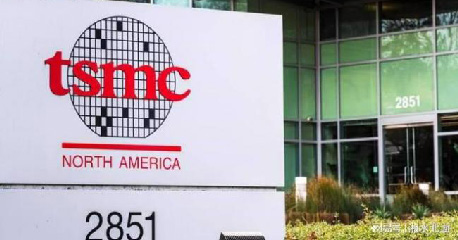AGV
AGV is the abbreviation of Automated Guided Vehicle, which means "Automated Guided Vehicle". AGV is a transport vehicle equipped with automatic guidance devices such as electromagnetic or optical, which can travel along a prescribed guidance path, and has safety protection and various transfer functions.
Table of contents
• 1. What is AGV
• 2. Working principle of AGV trolley
• 3. The difference between RAG trolley and AGV trolley
• 4. Advantages and disadvantages of AGV
1. What is AGV
Automated Guided Vehicle (AGV) refers to a transport vehicle that is equipped with automatic guidance devices such as electromagnetic or optical, can travel along a prescribed guiding path, has safety protection and various transfer functions, and is used in industrial applications. A truck that does not require a driver uses a rechargeable battery as its power source. Generally, its travel route and behavior can be controlled through a computer, or its travel route can be set up by using an electromagnetic path-following system. The electromagnetic path-following system is attached to the floor, and the unmanned truck follows the electromagnetic path-following system. Messages move and act. AGV is characterized by wheeled movement. Compared with walking, crawling or other non-wheeled mobile robots, AGV has the advantages of fast action, high work efficiency, simple structure, strong controllability and good safety. Compared with other equipment commonly used in material conveying, the active area of AGV does not need to lay tracks, support frames and other fixtures, and is not limited by sites, roads and spaces. Therefore, in the automated logistics system, it can fully reflect its automation and flexibility, and realize efficient, economical and flexible unmanned production.

(Pictures from the Internet)
2. Working principle of AGV trolley
Early AGV trolleys can only travel in one direction when running automatically, so the applicable environment is limited. In order to meet the requirements of industrial production, in recent years, there have been AGV products in foreign countries that can move forward and backward during automatic operation, or even travel in all directions, forward, backward, sideways and rotate. These achievements are attributed to the progress of the walking mechanism.
1. Two-wheel differential traveling mechanism In this traveling mechanism, the two traveling driving wheels are symmetrically arranged on the front and rear centerlines, and the two supporting wheels are respectively arranged at the vertices of an isosceles triangle with the fulcrum of the two traveling wheels as the base. The trolley runs on both sides and the driving wheels are differentially steered, so there is no need to set a steering wheel. The trolley has simple mechanism, reliable work and low cost. In the automatic running state, the trolley can move forward and backward, and can turn vertically, with good maneuverability. Compared with the four-wheel traveling mechanism car with steering wheel, this car not only saves two driving motors but also saves space because the steering wheel is omitted. The car can be made smaller. In recent years, the trolley of this mechanism has been widely used. In order to improve the lateral stability of the vehicle body during driving, the following improvements can be made to the four-wheel running mechanism with two-wheel differential speed.
2. Three-wheel traveling mechanism The three wheels of the AGV trolley of the three-wheel traveling mechanism are respectively arranged on the three vertices of the isosceles triangle. The front wheel is both a steering wheel and a walking driving wheel. The rear two wheels are unpowered support wheels. The AGV trolley of the three-wheeled walking mechanism has simple structure, easy control, reliable operation and low cost. When the car is manual, it can move forward, backward, and turn automatically. When it runs automatically, it can only run in one direction. When turning, the mid-point track of the rear wheel deviates from the guide line.
3. Four-wheel traveling mechanism with steering wheel The four-wheel traveling mechanism with steering wheel is evolved on the basis of the three-wheel traveling mechanism. It is equivalent to merging two tricycles together. The two supporting wheels are symmetrically arranged on the center line of the front and rear of the trolley The front and rear wheels are respectively symmetrically arranged at the vertices of an isosceles triangle with the fulcrum of the two supporting wheels as the base. The front and rear wheels are both steering wheels and walking drive wheels. This AGV car can travel in all directions under the automatic running state, and the front and rear wheels can track the trajectory of the guide wire.
4. Other forms of running mechanism In recent years, foreign companies have continuously researched new running mechanisms. One of the most representative is the walking mechanism of the Swedish company McCanham. The traveling mechanism has a novel design and a compact mechanism. Four driving wheels are respectively arranged on the four corners of the chassis in a hinged manner. During operation, the steering and rotational speed of the four wheels are controlled respectively, and the driving is realized by the principle of speed vector synthesis. Later, Japan's Mitsui Company cooperated with Mecanum Company to make improvements on the original basis and launched the Mitsui Mecanum wheel system, and its performance was improved compared with the original. This AGV car can drive in all directions.

(Pictures from the Internet)
3. The difference between RAG trolley and AGV trolley
AGV Refers to Automatic Guided Transport Vehicle, RGV refers to Rail Guided Vehicle. With the rise of intelligent manufacturing in the world, the logistics industry has also ushered in intelligence. Among them, AGV and RGV are an indispensable part of the automated logistics system, because they play a key role. AGV, the full name is AutomatedGuidedVehicle, refers to the meaning of automatic guided transport vehicle. This trolley is equipped with electromagnetic equipment and automatic guidance devices. This trolley can travel according to the set route and also has the function of transportation. RGV, the full name is RailGuidedVehicle, refers to the meaning of rail-guided vehicle. This type of trolley is mainly used in three-dimensional warehouses with various high-density storage methods. This type of trolley can automatically transport goods without manual work. operation, can improve the efficiency of warehouse storage. With the continuous development of production technology, this kind of intelligent trolley has been widely used in the logistics industry, which can not only improve the efficiency of production and transportation, but also reduce the cost of production and transportation. In general, this type of trolley plays an important role and has even become one of the most iconic configurations of modern smart factories.

(Pictures from the Internet)
4.Advantages and disadvantages of AGV
(1) High degree of automation: controlled by computer, electronic control equipment, laser reflector, etc. When a certain part of the workshop needs auxiliary materials, the staff will input relevant information to the computer terminal, the computer terminal will then send the information to the central control room, and professional technicians will issue instructions to the computer. With the cooperation of electronic control equipment, this The instruction is finally accepted and executed by the AGV - the auxiliary materials are sent to the corresponding location.
(2) Charging automation: When the power of the AGV car is about to run out, it will send a request command to the system to request charging (general technicians will set a value in advance), and automatically "queue" at the charging place after the system allows it Charge. In addition, the battery life of the AGV car and the type of battery used are related to technology. Using a lithium battery, it can still maintain 80% of the electrical energy storage when its charge and discharge times reach 500 times.
(3) Beautiful, improve the viewing degree, thereby improving the image of the enterprise.
(4) It is convenient and reduces the floor area; the AGV trolley in the production workshop can shuttle back and forth in each workshop.

(Pictures from the Internet)




